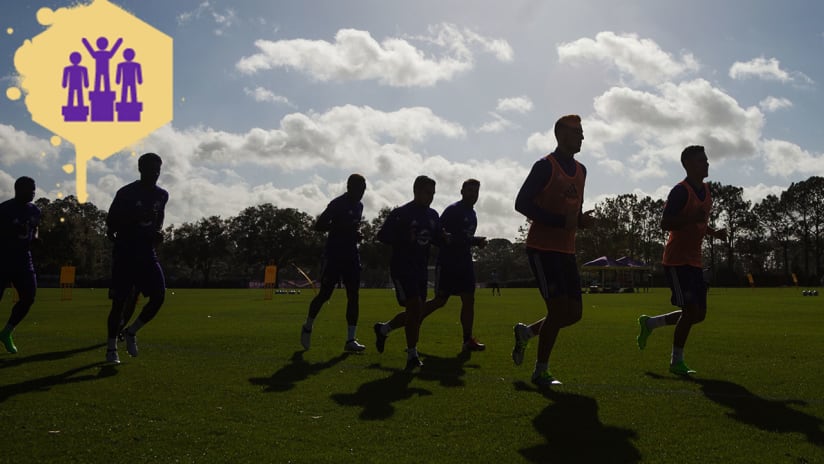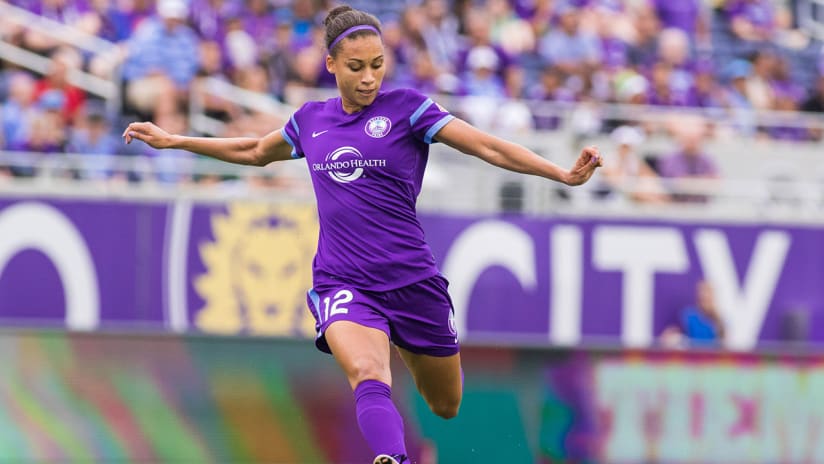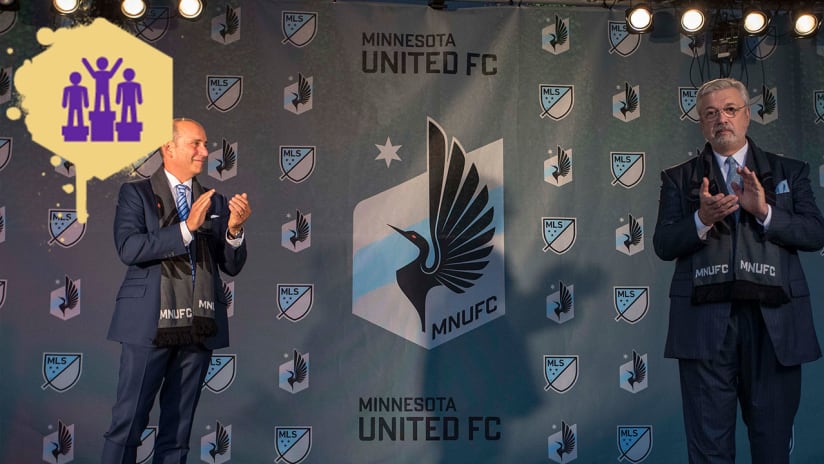Major League Soccer’s competitive parity is one of the league’s strongest attributes and a reason the league stands apart from so many others around the world. MLS is able to accomplish this level of parity through a salary cap which is unique in world’s game. If you’re new to the league there are some important restrictions of the salary cap all clubs must adhere to that you should know.
Major League Soccer’s competitive parity is one of the league’s strongest attributes and a reason the league stands apart from so many others around the world. MLS is able to accomplish this level of parity through a salary cap which is unique in world’s game. This ensures that the best club is not simply the one that can afford to buy the best players.
For an MLS team, the total salary cap is $3.845 million. This applies to the top-20 players in the roster, and excludes Designated Players. Teams have the option of not filling spots 19 and 20 on their roster, and instead spreading this cap across 18 players. The roster can be made of 30 players, of which the coach will choose 18 for the gameday roster.
The maximum salary for any non-designated player is $480,625. A designated player counts $480,625 against a team's cap. However, if a player joins his team in the middle of the season, the charge against the budget will be $240,312.
Players 19-30 are considered “off budget” players and do not contribute to the team’s salary cap. Their minimum salaries vary depending on the slot that they fill.
Designated Players
The final salary cap related rule to know as an MLS fan is the Designated Player Rule. This rule provides clubs the opportunity to sign up to three players whose salaries exceed the maximum player salary charge of $480,625.
Designated Players can be existing MLS players, but may also be new players to the league signed through the Allocation Ranking List or Discovery Process. Clubs looking to acquire a third Designated Player must pay an annual fee of $150,000 that is dispersed equally in the form of Allocation Moneyamongst clubs that do not have three Designated Players. However, teams are not required to buy the third Designated Roster spot to accommodate Designated Players 23 years old or younger.





